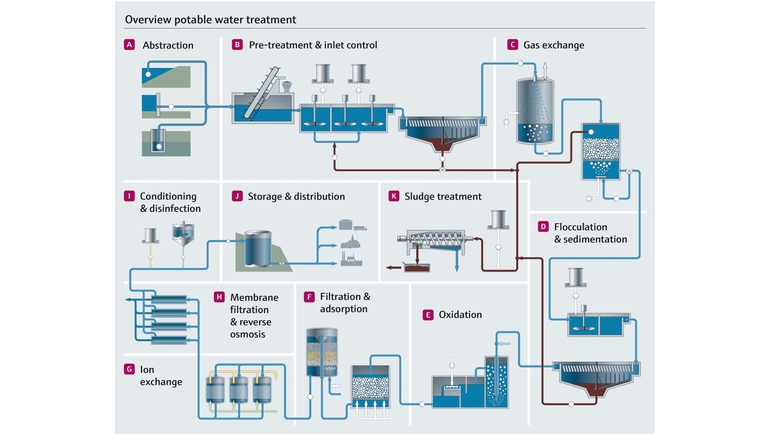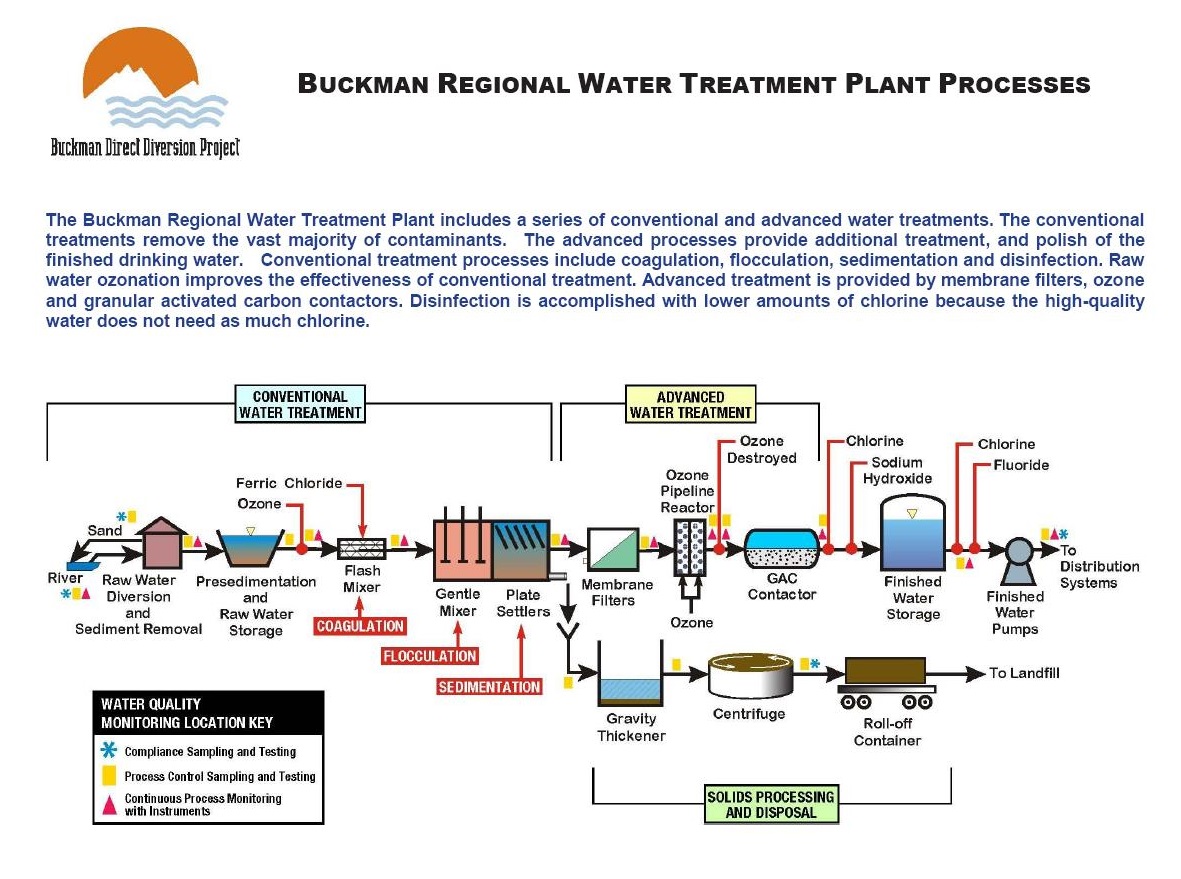Some Known Questions About Well Water Filtration.
Table of ContentsWell Water Filtration - TruthsGet This Report about Well Water FiltrationSome Known Details About Well Water Filtration Some Known Factual Statements About Well Water Filtration
This procedure takes place in 2 stages-- nitrification and also denitrification. One of the most usual nitrogen-containing substances in wastewater is ammonia.This is a response that needs another substance to be oxidized as the nitrate is reduced. Methanol is one of the most effective options for such a material because it's usually existing in wastewater. Nitrate is lowered to nitrogen according to the complying with reaction. Methanol is oxidized to carbon dioxide as adheres to.
At the end of this process, the microorganisms sink to the base, leaving clear water at the top. The 3rd action in wastewater treatment is purification. After biological therapy, not natural salts, like sodium chloride and also sodium sulfate, continue to be in the water. These salts can be eliminated using purification methods such as reverse osmosis.
This procedure doesn't call for any type of power. Reverse osmosis, on the other hand, makes use of pressure to compel water to relocate in vice versa. Here we have a cross-section of a normal purifying tube used in the purification procedure. The functioning part of the tube is a really thin semi-permeable membrane layer that just enables a percentage of water to pass through - well water filtration.
See This Report about Well Water Filtration
On the contrary side, the solution becomes even much more polluted as the salt material climbs. The last step is disinfection, where the filtered water is treated with chlorine or other compounds that kill disease-carrying germs. The end product is possibly cleaner than most faucet water and as risk-free as the best bottled product.


Months later on, it resolves the soil and ends up being actual drinking water once more. We typically take it for given, wastewater therapy plays a critical function in offering us clean alcohol consumption water. According to the United States Environmental Defense Company, every major body of water in the USA consists of some purified wastewater.
AKILE TESTAYE: It provide us the chance to constantly be shielding the environment, which is specifically what we're doing. It is very vibrant work in useful reference right here, process in right here.
Our Well Water Filtration Statements
Therefore that part is what is you could try these out extremely fascinating in the task.
There are 2 fundamental kinds of sand purification; sluggish sand purification and rapid sand filtration. Slowsand filtration is a biological process, because it makes use of bacteria to treat the water. The bacteriaestablish a community on the top layer of sand and tidy the water as it travels through, bydigesting the impurities in the water.

3 metre per hr. As a result of the acreage that is needed and read this post here the down-time for cleansing, fast sand filters, which were developed in the very early 20 th century, are far more widespread today. Fast sand filtering is a physical process that gets rid of suspended solids from the water. Quick sand filtering is far more typical than circulation sand filtering, because quick sand filters have relatively high circulation rates and need relatively little room to operate. well water filtration.
What Does Well Water Filtration Mean?
A membrane layer purification system may also be called a particlefilter. Bits with a size higher than one millimeter, such as crushed rock and also sand, areremoved through the sedimentation procedure. Particles with a diameter more than 100 microns (or 0. 1 millimetre), such as great sand, are gotten rid of via sand purification - well water filtration. As the pore size decreases, a greater proportion of material is maintained as the water goes through the filter.